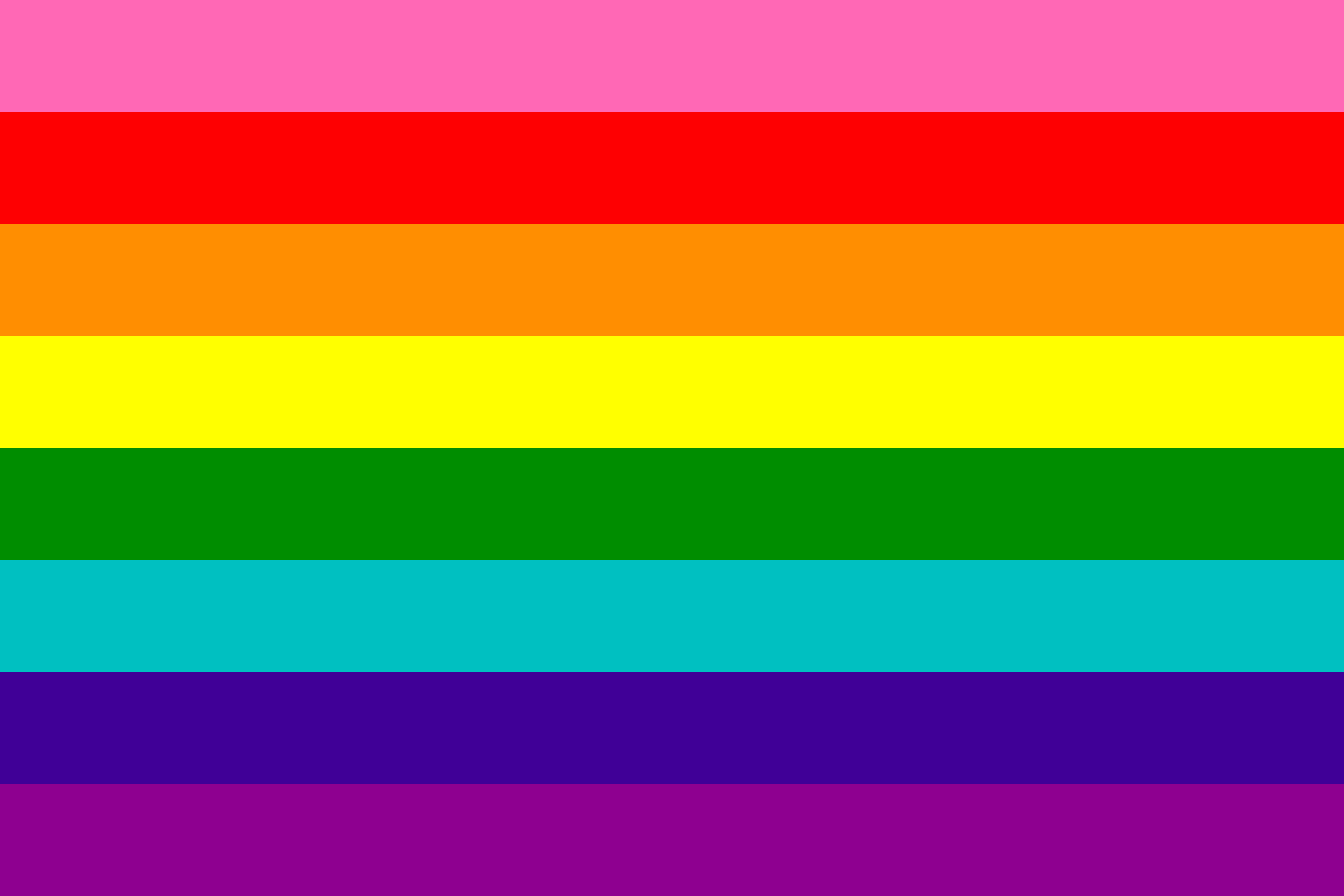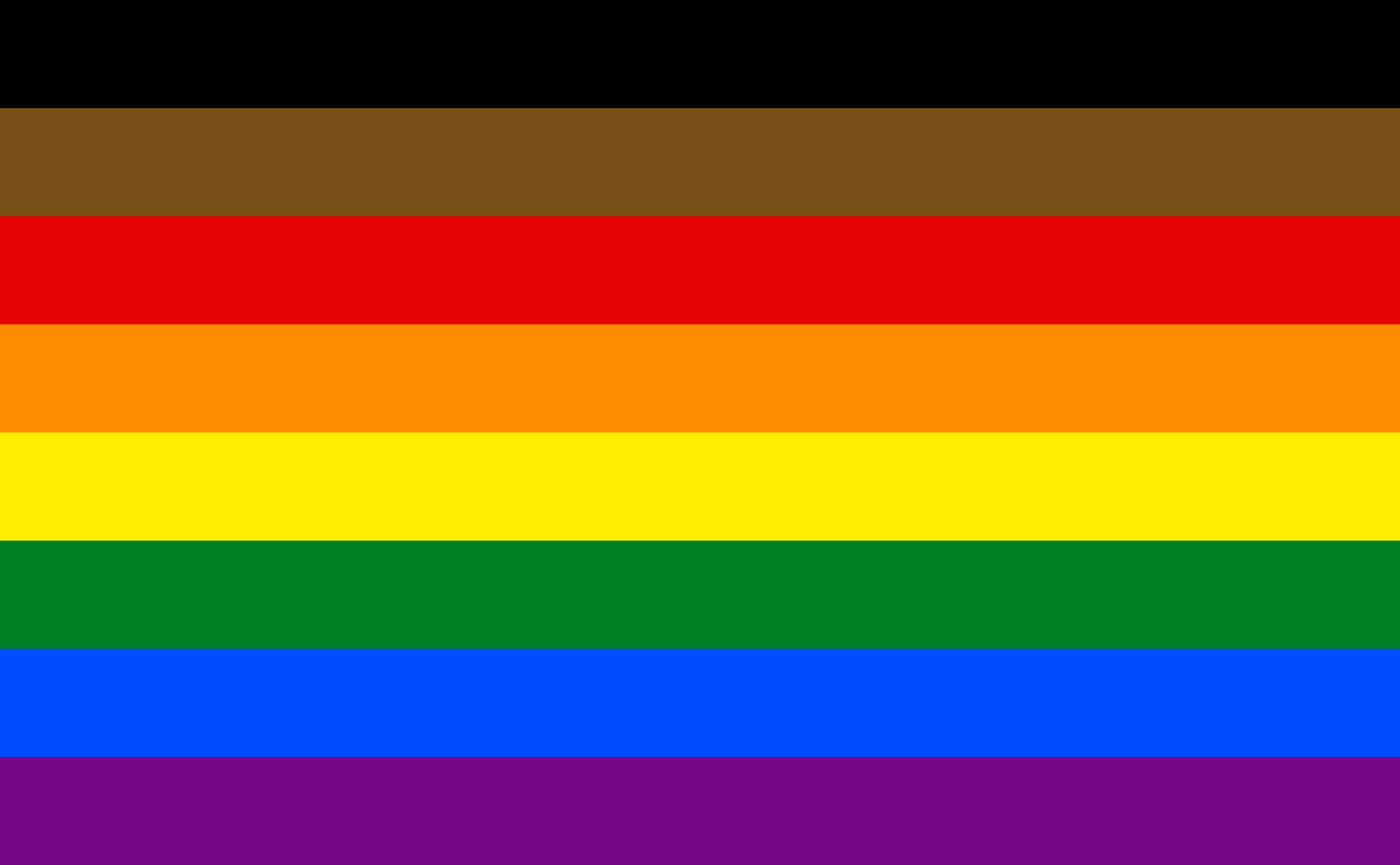Recommended readings to accompany the Indefinite Article by R. Luke Dubois.
Ranjit S. Dighe, The Historian’s Wizard of Oz: Reading L. Frank Baum’s Classic as a Political and Monetary Allegory. Praeger, 2002
Steve Dixon, Digital Performance: A History of New Media in Theater, Dance, Performance Art, and Installation. The MIT Press, 2015.
Shannon Jackson and Marianne Weems, The Builders Association: Performance and Media in Contemporary Theater. The MIT Press, 2015.
Jay Scarfone and William Stillman, The Road to Oz: The Evolution, Creation, and Legacy of a Motion Picture Masterpiece. Lyons Press, 2018.
Evan I. Schwartz, Finding Oz: How L. Frank Baum Discovered the Great American Story. Houghton Mifflin Harcourt, 2009.

